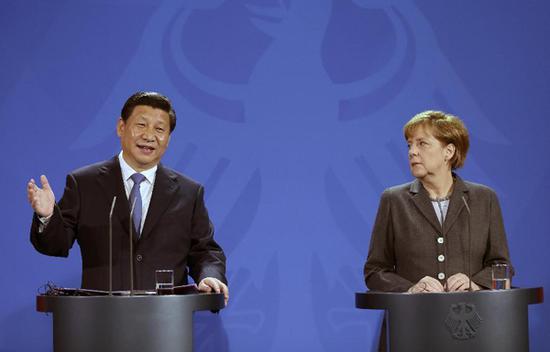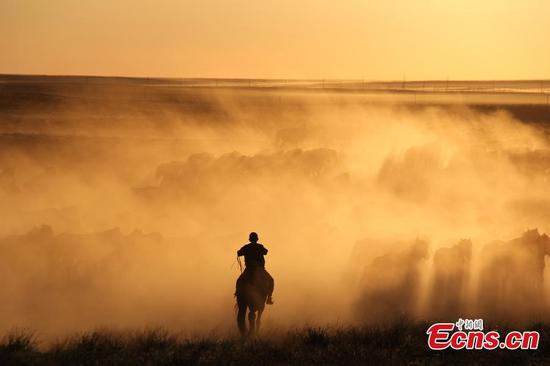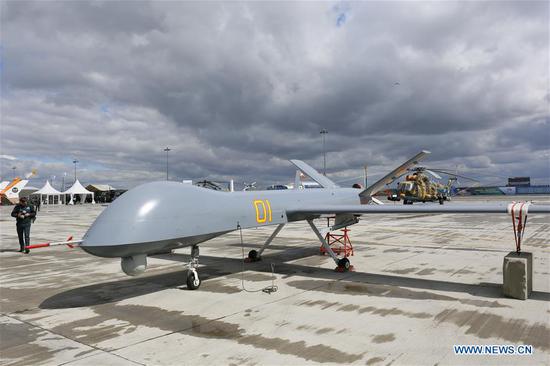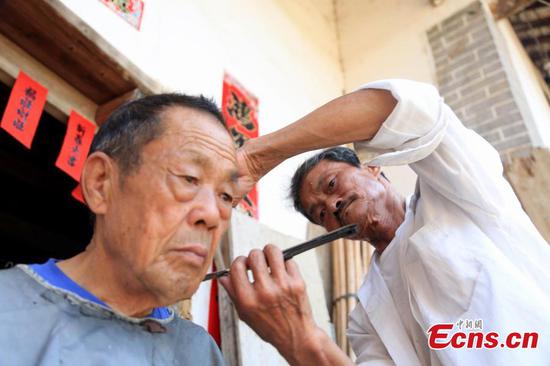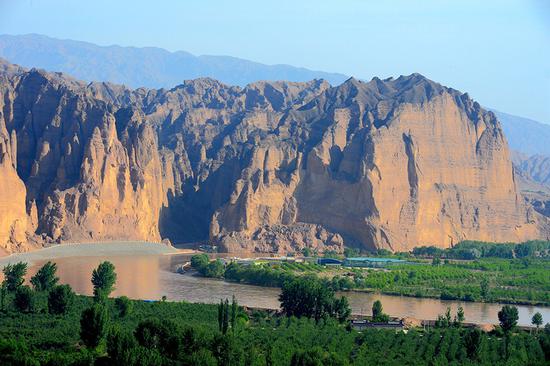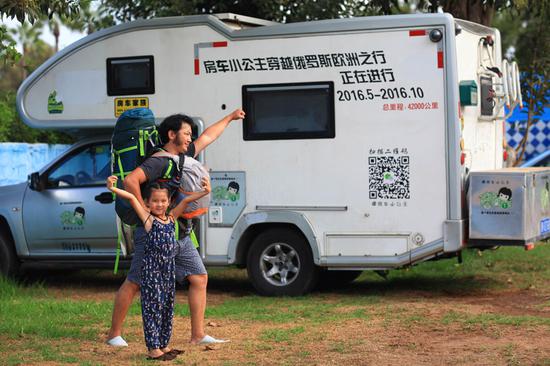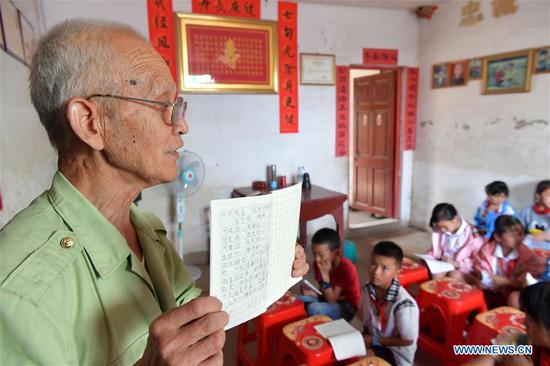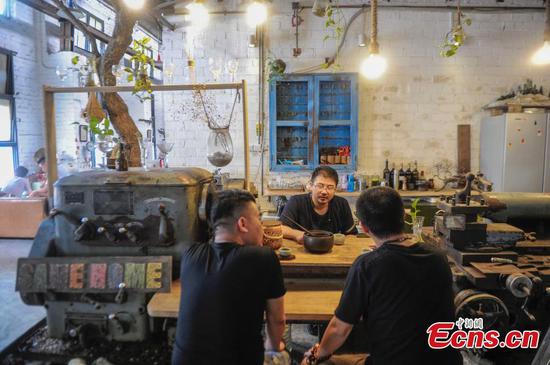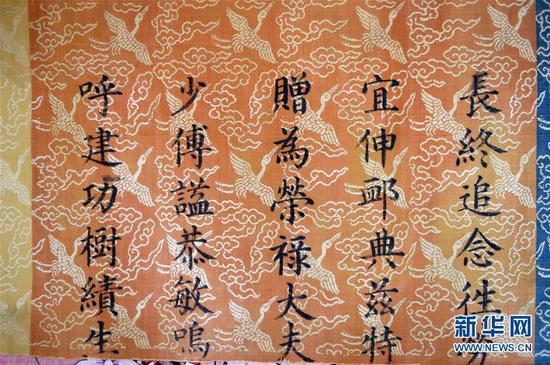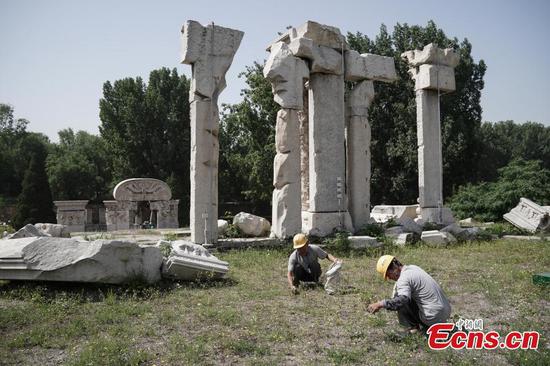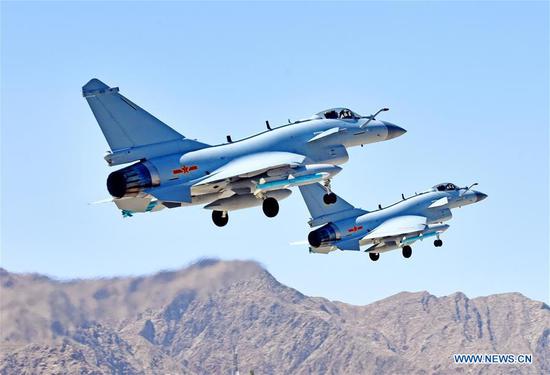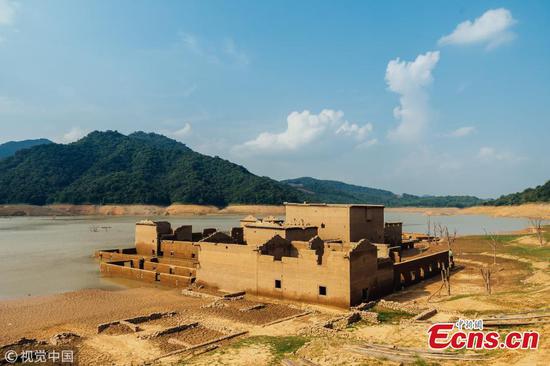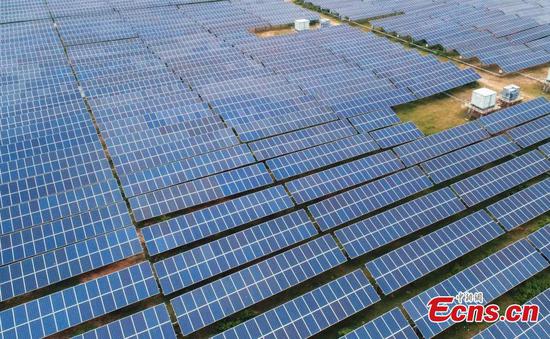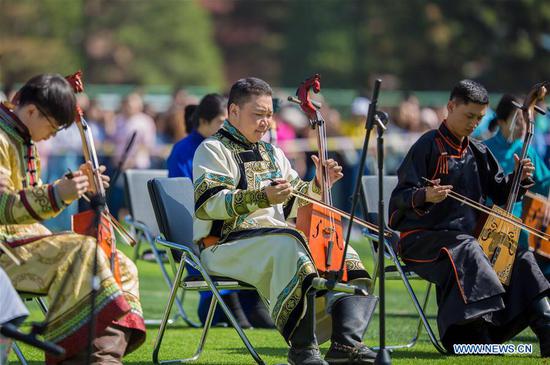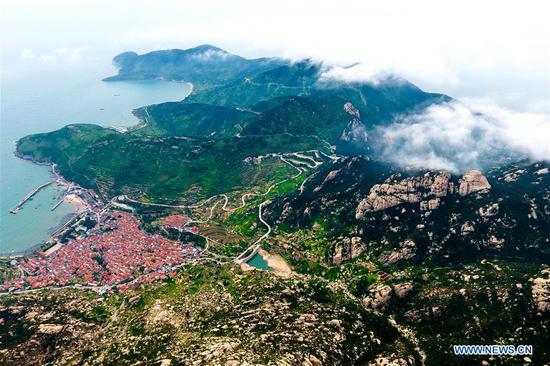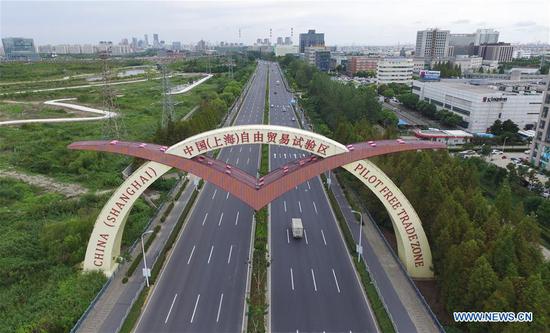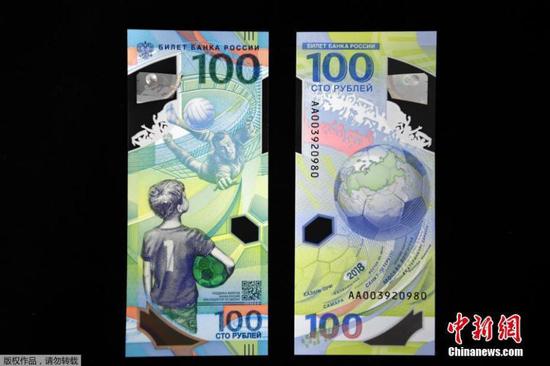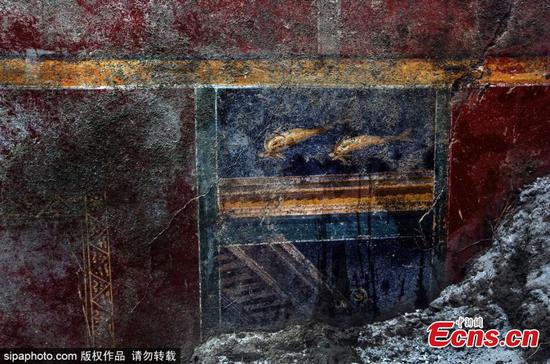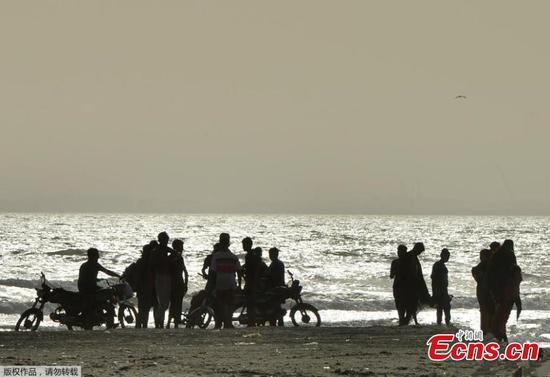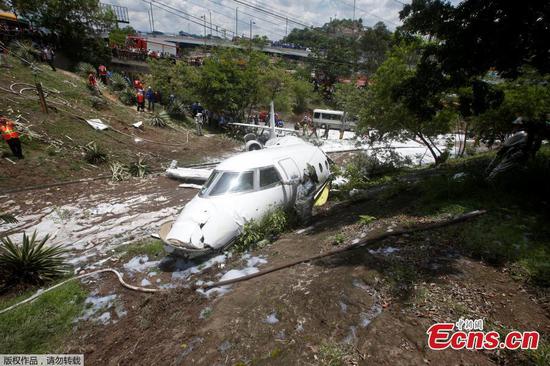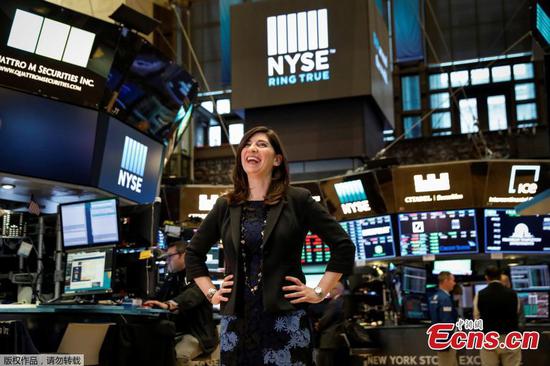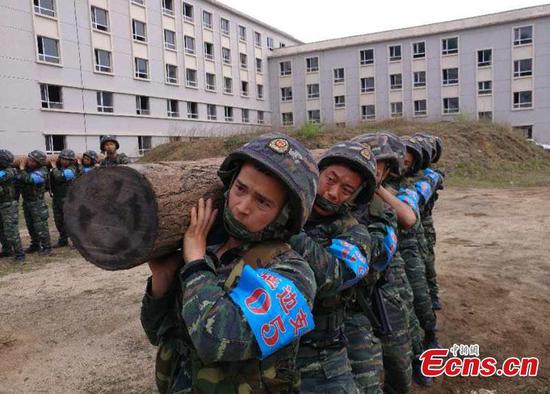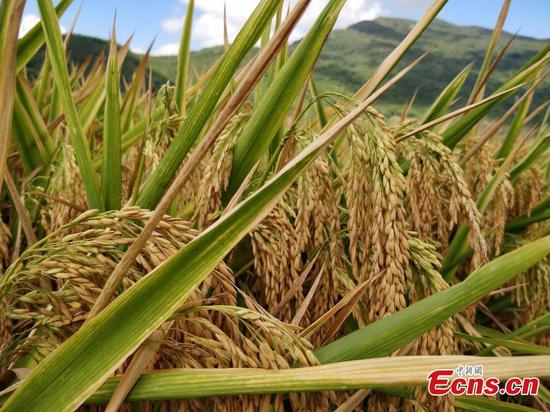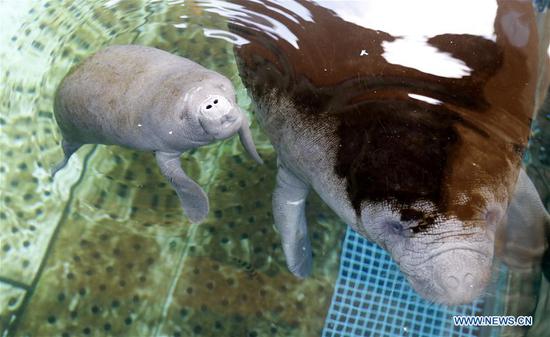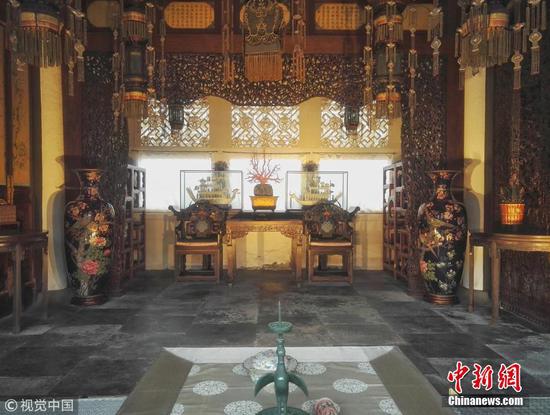Prior to the G20 Hangzhou summit, Xi highlighted equitable and efficient global financial governance, open and transparent global trade and investment governance, green and low-carbon global energy governance, as well as inclusive and interconnected global development governance as priorities for global economic governance.
Xi's elaboration on global governance showed China is committed to contributing its ideas and wisdom to world economic growth, State Councilor Yang Jiechi said after the summit.
Moreover, Chinese leaders have on multiple occasions pushed to align its initiatives, such as the Belt and Road Initiative, with the development strategies of other regions.
Many share the idea that the Belt and Road Initiative, with a focus on connectivity and unimpeded trade, could work in synergy with the Master Plan on ASEAN Connectivity, the Investment Plan for Europe, and the African Union's Agenda 2063, among others.
PUTTING WORDS INTO ACTION
China doesn't preach - it walks the walk. It has strived to honor its promises through concrete action.
China has sent more than 30,000 military personnel to 24 UN peacekeeping missions, 13 of whom have lost their lives. It is also working to establish an 8,000-strong standby peacekeeping force.
China is now the second largest financial contributor to UN peacekeeping and the largest troop contributor among the five permanent members of the UN Security Council.
China has remained a steadfast climate-change fighter, recently depositing its instrument to join the Paris Agreement with Ban Ki-moon, together with the United States, paving the way for the early entry into force of the climate pact.
At China's suggestion, the first presidential statement on climate change in G20 history was issued at a G20 Sherpa Meeting in April, when concerned parties pledged to promote the implementation of the Paris Agreement by signing the agreement on April 22 or thereafter.
Meanwhile, to boost sustained global development, China has beefed up across-the-board cooperation with other regions through existing mechanisms or by creating new ones.
For example, since the establishment of the 16+1 mechanism in 2012, China and Central and Eastern European countries have witnessed strong momentum in the growth of their cooperation, with trade values hitting 56.2 billion U.S. dollars in 2015, a 28-percent increase from 2010.
China's Belt and Road Initiative has engaged more than 100 countries and international organizations since it was proposed in 2013, delivering greater-than-expected progress and results.
China invested a total of 51.1 billion U.S. dollars in Belt and Road countries from autumn 2013 to July 2016, accounting for 12 percent of its total outbound direct investment.
The China-initiated Asian Infrastructure Investment Bank started operating in January, and in June, it approved its first four loans, totaling 509 million dollars, to fund power, housing and transport projects in Bangladesh, Indonesia, Pakistan and Tajikistan.
Under the Belt and Road Initiative, China and Laos are pushing forward cooperation on a 418-kilometer railway that stretches from the Laos-China border to Vientiane.
Once completed, the railway will greatly improve trade and personnel exchanges with Laos, a landlocked country on the Indo-China Peninsula, and help it achieve the goal of shaking off poverty by 2020, said Khemthong Sanoubane, deputy director of Khaosan Pathet Lao, or the Lao News Agency.









